Race and Ethnicity: White - Starting with B
 Robert C. Brown
Robert C. Brown
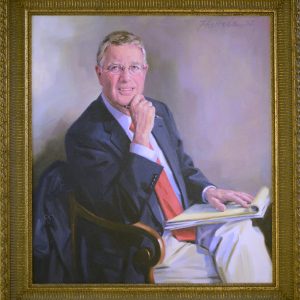 Robert L. Brown
Robert L. Brown
Brown, Robert Laidlaw (Bob)
Brown, Robert Raymond
 Walter Lee Brown
Walter Lee Brown
Brown, Walter Lee
Brown, William (Execution of)
Brown, William M. “Buck”
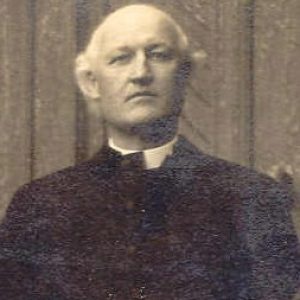 William Montgomery Brown
William Montgomery Brown
 Greg Brownderville
Greg Brownderville
Brownderville, Greg Alan
Browning, Kayle
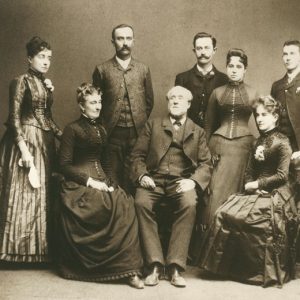 Robert Brownlee Family
Robert Brownlee Family
Brownlee, Robert
Browns, The
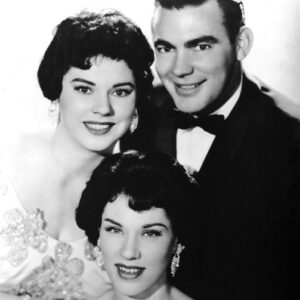 The Browns
The Browns
 Single by the Browns
Single by the Browns
Brownsville to Arkansas Post, Expedition from
Brownsville to Cotton Plant, Expedition from
Brownsville to Fairview, Expedition from
Brownsville, Scout from (January 17–19, 1864)
Brownsville, Scout from (June 27–29, 1864)
 Frank Broyles
Frank Broyles
Broyles, Frank
aka: John Franklin Broyles
 Harve Bruce Conviction Article
Harve Bruce Conviction Article
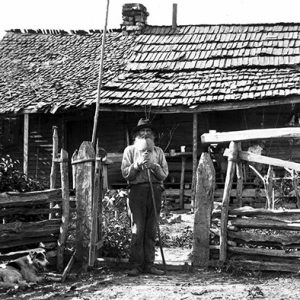 John Wesley Bruce
John Wesley Bruce
Bruce, William Harvey (Harve)
Bruhin, Joseph Aloysius
 Brumfield at First Base
Brumfield at First Base
 Brumfield Card
Brumfield Card
 Brumfield Hall of Fame Certificate
Brumfield Hall of Fame Certificate
 Brumfield with Kenosha Comets
Brumfield with Kenosha Comets
 Brumfield with Kenosha Comets
Brumfield with Kenosha Comets
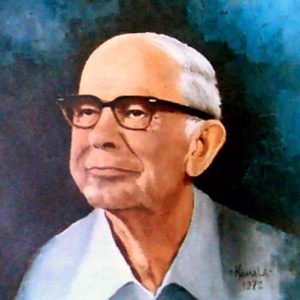 Albert E. Brumley
Albert E. Brumley
Brumley, Albert Edward
 Stephen Brundidge
Stephen Brundidge
Brundidge, Stephen, Jr.
 Vincent "Jimmy" Bruno
Vincent "Jimmy" Bruno
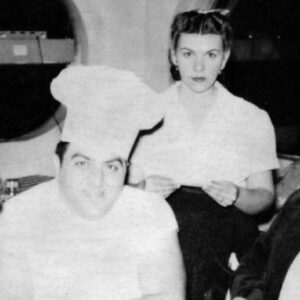 Vincent Bruno & Ernestine Shoults
Vincent Bruno & Ernestine Shoults
Bryan, Leon L. “Doc”
 Bryant and Glover
Bryant and Glover
 Bryant and Nelson
Bryant and Nelson
 Bryant Brochure
Bryant Brochure
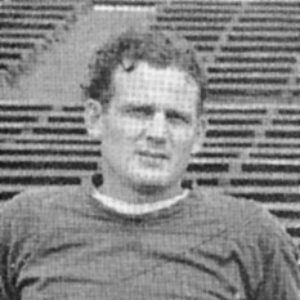 "Bear" Bryant
"Bear" Bryant
Bryant, “Bear”
aka: Paul William Bryant
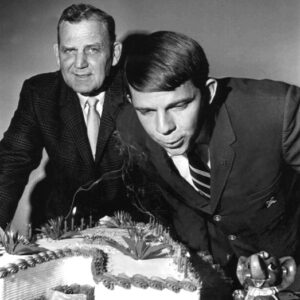 "Bear" Bryant
"Bear" Bryant
Bryant, John Winston
 Winston Bryant
Winston Bryant
 Kelly Bryant
Kelly Bryant




